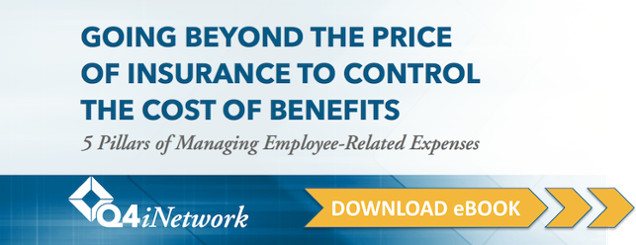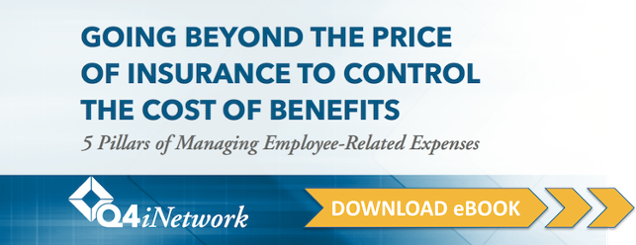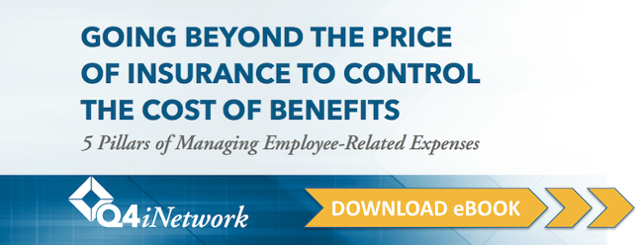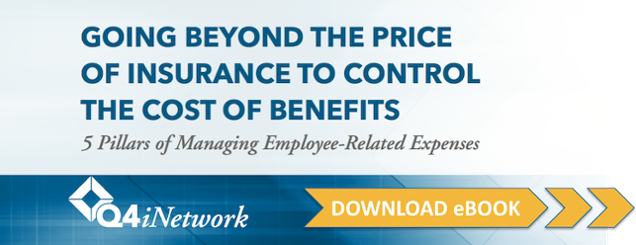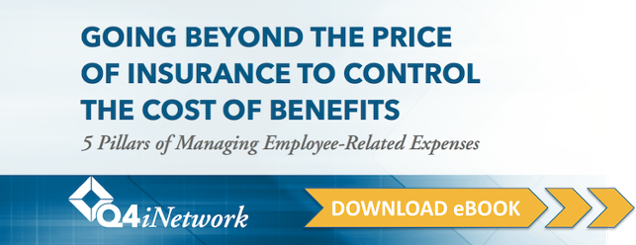As you develop your marketing programs, are you looking at your competitors for inspiration, or are you focused on what your clients want?
If you’re letting current/standard industry practices determine how you need to market your business, you could be missing the boat.
If you want to create a compelling marketing program that attracts new customers, you need to focus your energies where those prospective clients are and what they want. For example, if you don’t think you need to blog or tweet because your none of your competitors are doing it, you’re not seeing the full picture.
- Are your clients online?
- Are they researching products and services before they make a purchase?
- Are they scrolling through their Facebook, LinkedIn, and Instagram feeds?
If so, it makes sense for you to be there, too.
Don’t make people search far and wide to find you. Make it easy for them to see you, understand you, and get to know you now— before they even realize they need you.
Stand out in the crowd
Your target market wants to know what you have to offer and what makes you different. Even if you’re offering the same basic things as other businesses, there’s something special about you. Something that sets you apart. You talk about it in staff meetings, on the phone, and in business meetings. It’s part of your company training, your company culture, and your company DNA. And yet so many companies allow themselves to get stuck looking at the competition for marketing cues.
If you want to be appealing to your clients, you need to go directly to the source. Yes, you should have an idea of what the current industry standards are. But you should also realize that they may not get you where you want to go. To make the greatest impact, you’ll want to look to your clients and prospects themselves for inspiration. Specifically, your best clients and your ideal prospects.
Do your homework
Carefully review your target markets. Look at their preferences, their behaviors, and what they are doing on line. Ask your best customers what they love about your company, your service, or your products. Ask them why they chose you initially and why they keep coming back. Doing so will give you a much better idea of what they value in your company rather than simply evaluating the marketing efforts of your competition.
Once you’ve done your research, you’ll be able to build a marketing program that reflects right back at your clients and prospects exactly what they want and value.
Hit the right target
Think about it – you’re not trying to get your competition to do business with you. You’re trying to attract happy customers and clients.
If you look just like the other businesses in your space, you will have effectively erased any competitive advantage you may have. The more you watch and emulate your competition, the more you risk being just another ____________ company.
But if you focus obsessively on your clients, and consistently communicate how you can help them or make their lives better, you’re going to stand out as the superior choice.
- How can you make your customers’ lives easier? More convenient? More efficient? More meaningful?
- Can you help them save time, money, and resources? What about the environment? Or the world?
- Are you offering ways to help their achieve their goals and reach their full potential?
- Are you listening to their comments, kudos, and complaints?
Zero in on what your customers care about and then put together a marketing plan that blasts those messages out loud and clear. And if your competitors are inspired by what you’re up to, all the better.
Because that means now you’re the one worth noticing.
Photo by alphaspirit
![]()



